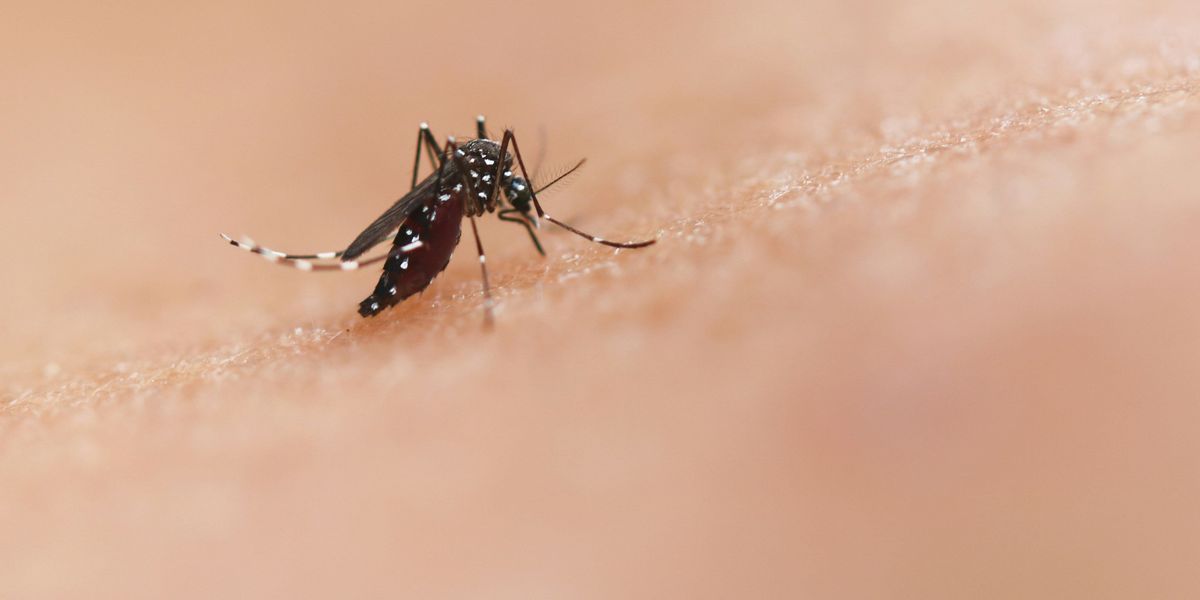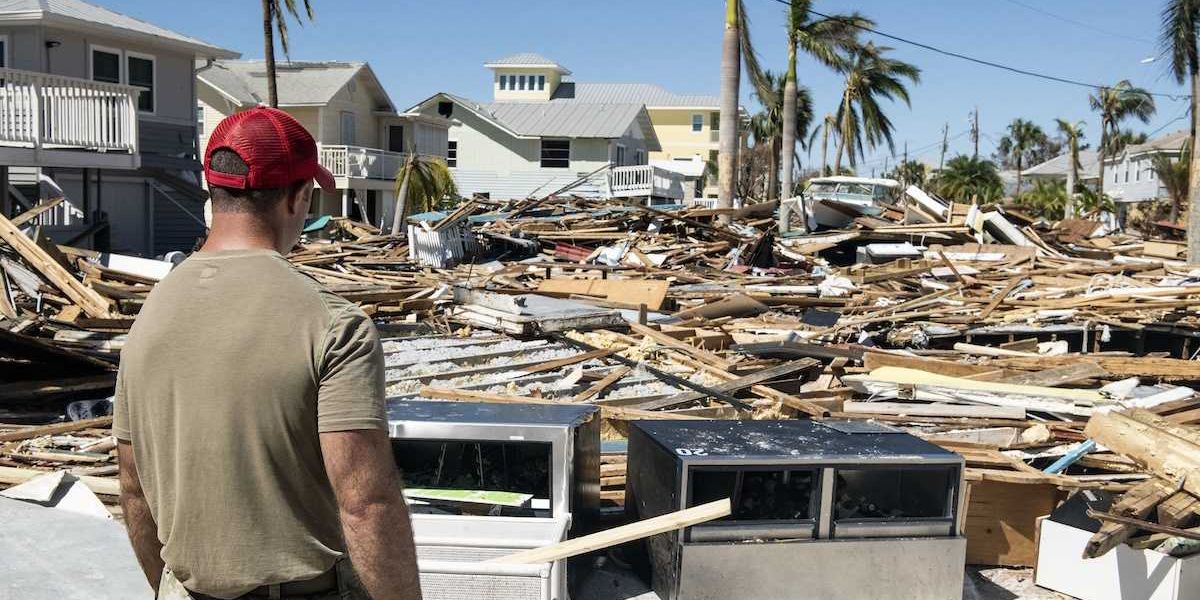
Mosquito-borne virus spreads fast as warming climate expands insect range
A mosquito-borne virus known for causing long-term joint pain and disability is rapidly expanding into new regions, driven by climate change and gaps in global surveillance.
Stephanie Nolen reports for The New York Times.
In short:
- Chikungunya has infected over 240,000 people globally in 2025, with first-time outbreaks in China and sustained transmission across Latin America, Europe, and Africa.
- The virus, spread by two species of Aedes mosquitoes, often causes severe joint pain that can persist for years, especially affecting adults in working-age populations.
- Despite two existing vaccines, limited supply and high costs keep them out of reach for many countries experiencing outbreaks, and global surveillance remains weak.
Key quote:
“You have people who were working, with no disabilities, and from one day to the next, they cannot even type on a phone, they can’t hold a pen, a woman cannot even hold a knife to be able to cook for her family.”
— Dr. Diana Rojas Alvarez, who leads chikungunya work at the World Health Organization
Why this matters:
Chikungunya is not new, but its rapid spread to new areas reflects how a warming planet is shifting disease patterns in ways that strain already fragile health systems. As temperatures rise and extreme weather intensifies, the Aedes mosquitoes that carry chikungunya — and related viruses like dengue and Zika — are moving into previously unaffected regions, including parts of Europe and Asia. The global patchwork response and weakened surveillance after U.S. funding cuts make early detection and control harder, setting the stage for future outbreaks with high human and economic tolls.
Learn more: Climate change drives infectious disease shifts through air, water, and mosquitoes













